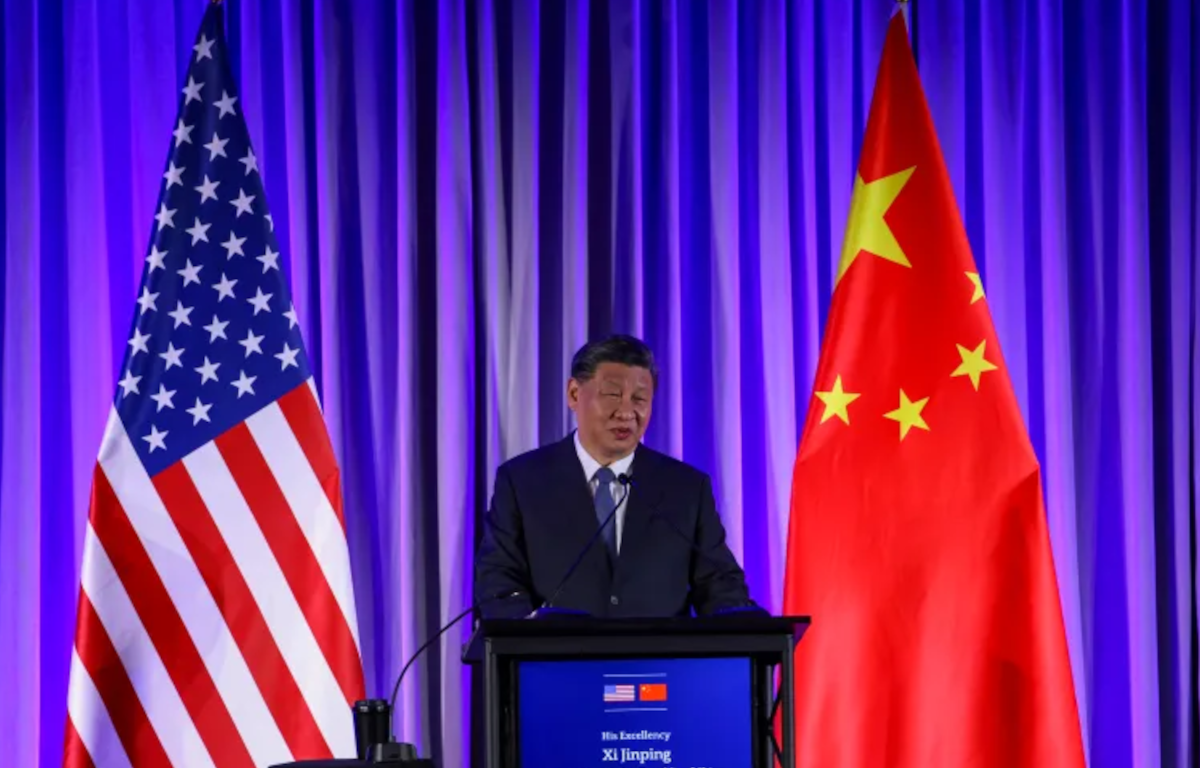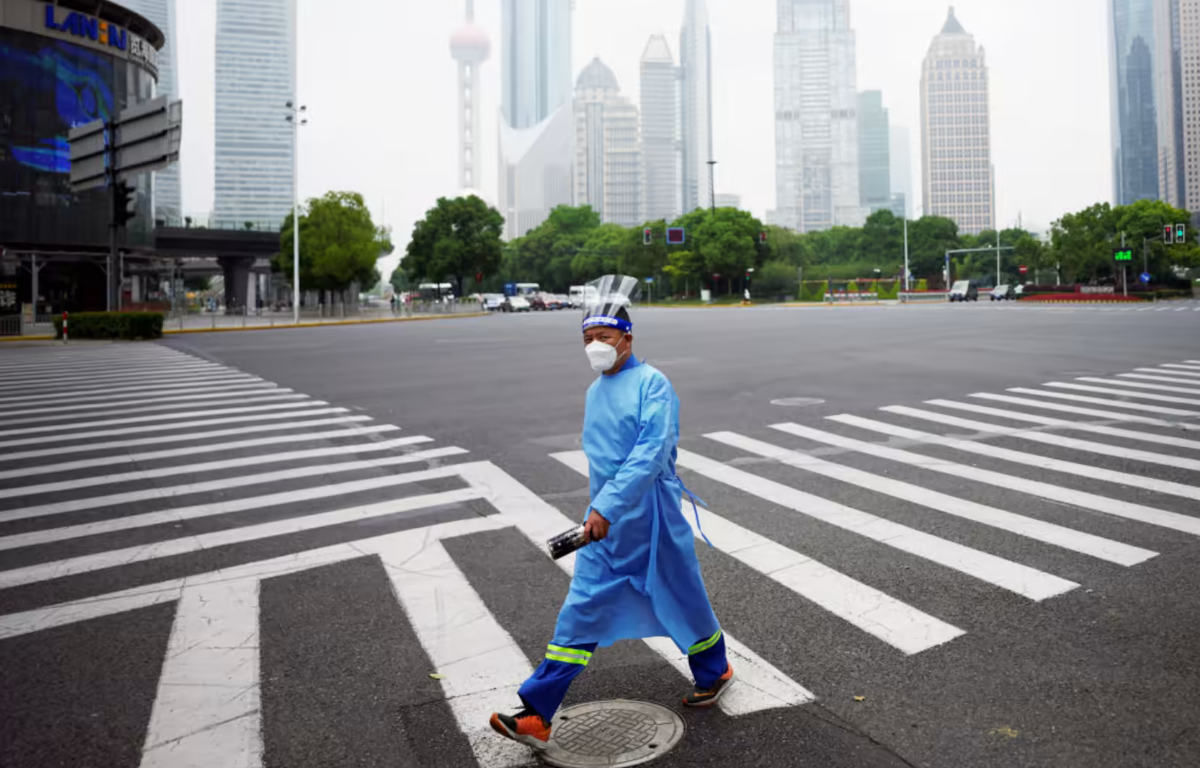
This issue stems from a combination of factors, including environmental degradation, population growth, changing dietary habits, and disruptions caused by the COVID-19 pandemic. As the world watches, China grapples with complex issues that require urgent attention and innovative solutions to safeguard its food supply and ensure the well-being of its population.
One of the key contributors to China’s food crisis is environmental degradation, particularly soil erosion, pollution, and water scarcity. Years of intensive agricultural practices, industrialization, and urbanization have taken a toll on the country’s arable land and water resources. This degradation limits agricultural productivity and threatens the sustainability of food production.
China’s massive population, exceeding 1.4 billion people, adds immense pressure on its food supply chain. Moreover, as incomes rise and lifestyles evolve, there’s a noticeable shift in dietary preferences towards more resource-intensive foods like meat and dairy. Meeting the growing demand for these products strains agricultural resources and exacerbates the food crisis.
The COVID-19 pandemic further complicated China’s food security landscape. Border closures, supply chain disruptions, and logistical challenges disrupted agricultural trade and exposed vulnerabilities in the global food system. China, heavily reliant on imports for certain food items, faced shortages and price fluctuations, highlighting the need for diversified supply chains and domestic production resilience.
To address these pressing challenges, China has implemented various policy measures and initiatives. These include efforts to improve soil health, promote sustainable farming practices, enhance water management, and invest in agricultural technology and innovation. Additionally, the government has prioritized food security as a national security issue, signaling a heightened focus on resilience and self-sufficiency in food production.
China’s food crisis has ripple effects beyond its borders, impacting global food markets, trade dynamics, and international food security. Collaborative efforts involving governments, agricultural experts, researchers, and industry stakeholders are crucial in finding sustainable solutions. This includes sharing best practices, promoting agricultural resilience, supporting smallholder farmers, and fostering innovation in food production and distribution.
Looking ahead, sustainable agriculture holds the key to mitigating China’s food crisis and building a resilient food system. This involves adopting agroecological practices, promoting biodiversity, reducing food waste, investing in rural development, and embracing technological advancements such as precision agriculture and vertical farming. By prioritizing sustainability and resilience, China can navigate its food challenges and contribute positively to global food security efforts.
China’s imminent food crisis underscores the complexities and interconnections within the global food system. Addressing environmental pressures, population growth, pandemic disruptions, and trade challenges requires a multi-faceted approach that integrates policy interventions, agricultural innovations, and international cooperation. As China navigates these challenges, the focus on sustainable agriculture and collaborative solutions becomes increasingly critical for ensuring food security, resilience, and well-being for its population and beyond.










Share this: